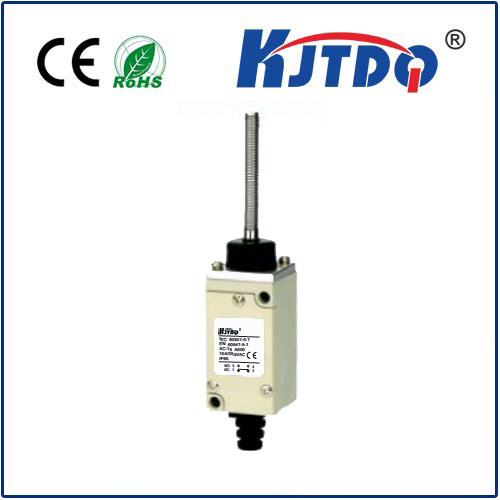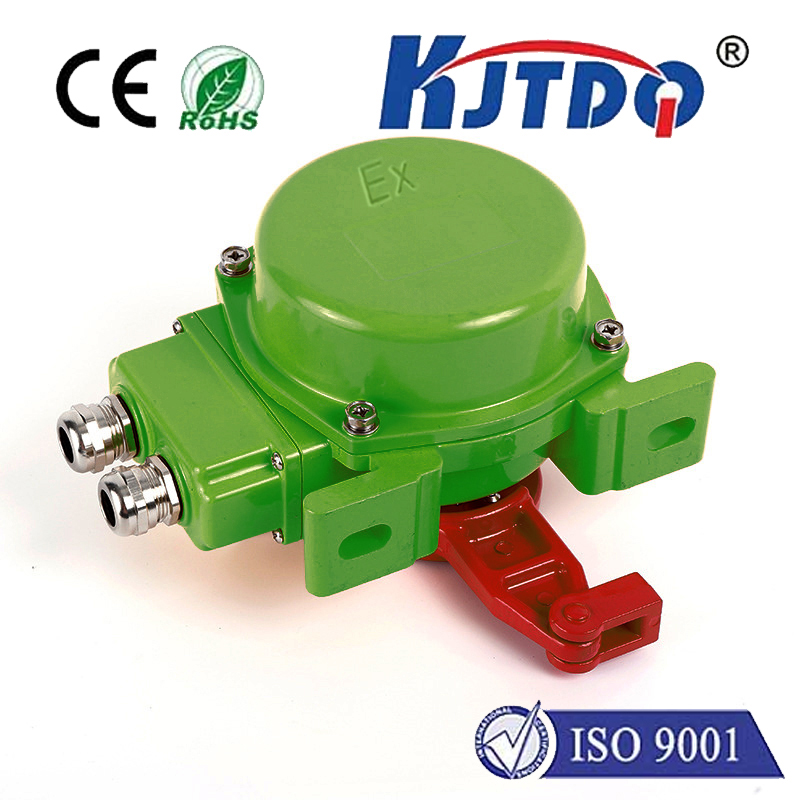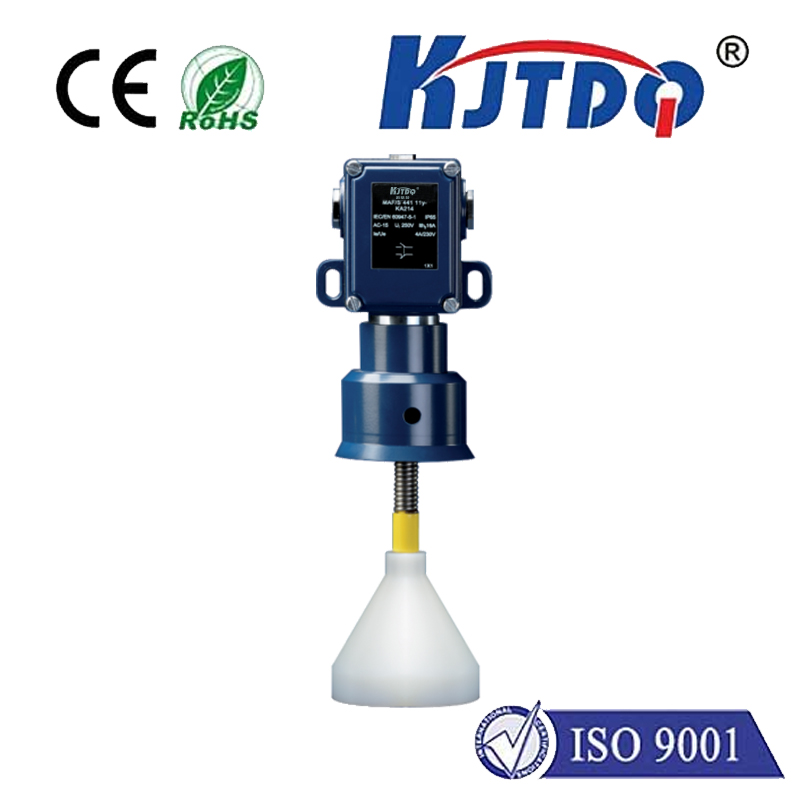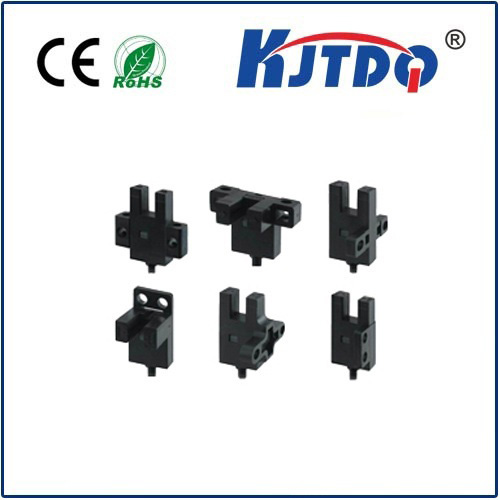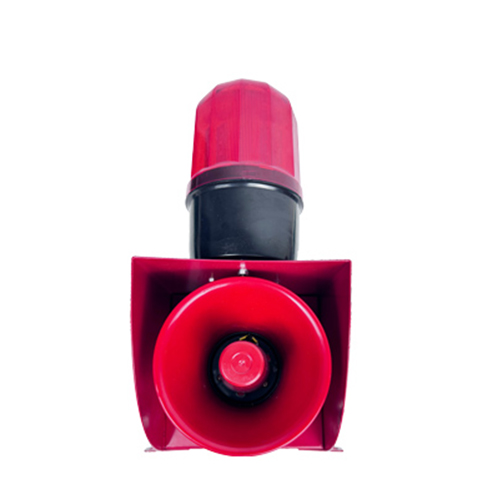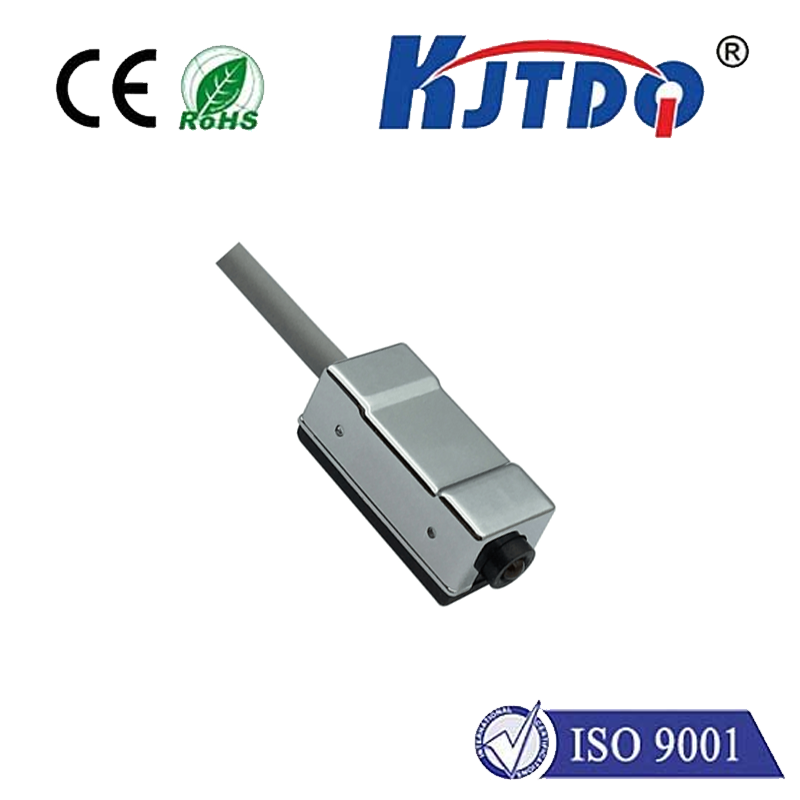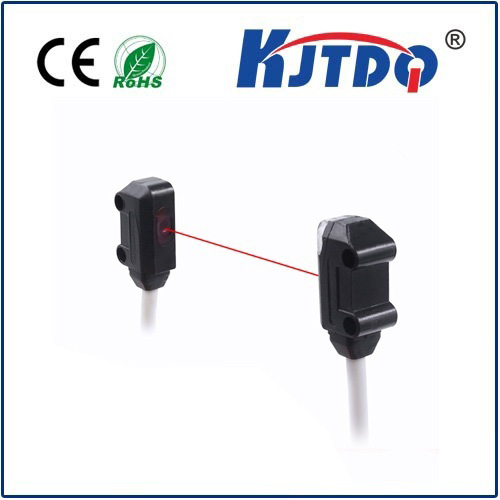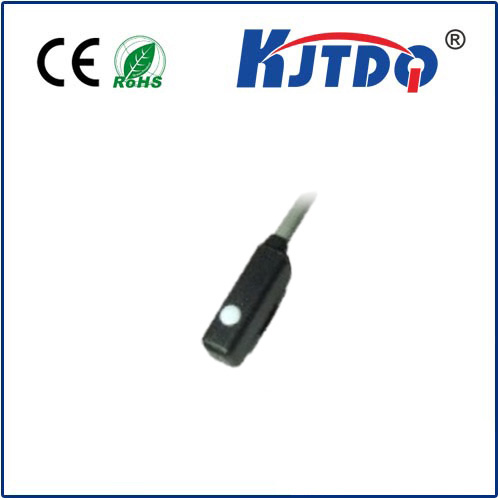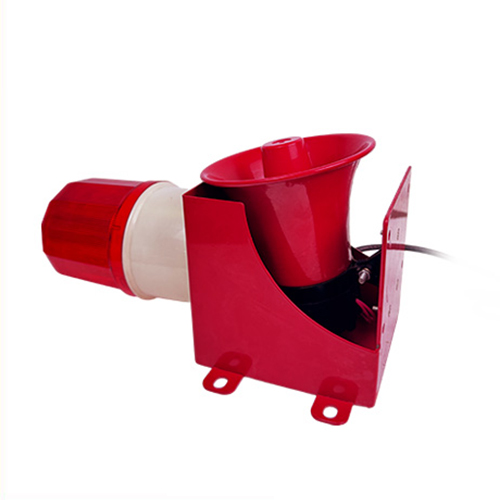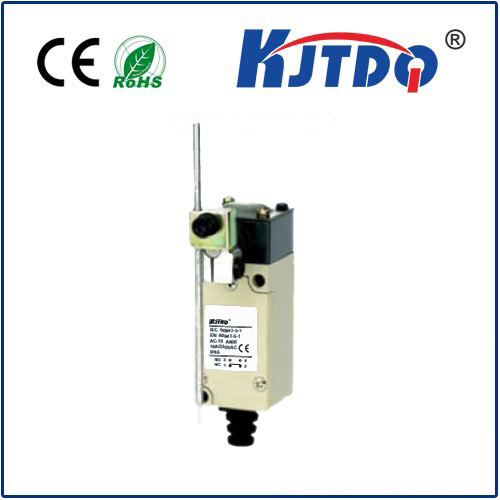a proximity sensor
- time:2025-06-18 01:21:41
- Click:0
Proximity Sensors: The Unseen Technology Powering Our Daily Interactions
Have you ever marveled at your phone screen automatically dimming when held to your ear? Or walked towards a store entrance only to have the doors magically slide open? Or wondered how modern factories assemble products with such incredible speed and precision? The unsung hero enabling these seemingly effortless interactions is often a tiny, unassuming device: the proximity sensor. These remarkable components detect the presence or absence of an object without physical contact, acting as the silent sentinels of our automated world. Their ability to perform non-contact object detection reliably and efficiently underpins countless applications, from consumer electronics to heavy industrial machinery.
At its core, a proximity sensor operates on a simple principle: it detects a target object within a defined sensing range or field and generates an electrical signal accordingly. Crucially, it achieves this object detection without needing to touch the target. This non-contact detection capability is paramount. It eliminates mechanical wear and tear, allows for incredibly high-speed operation, enables use in dirty or wet environments where physical contact is impractical, and facilitates the detection of fragile or sensitive items.

Diving deeper, how do these sensors actually work? Understanding their key sensing principles reveals their versatility:
- Inductive Proximity Sensors: Masters of Metal Detection
- Principle: Generate an oscillating electromagnetic field. When a metallic object enters this field, it induces eddy currents within the metal, causing a detectable change in the oscillation amplitude or frequency.
- Key Strength: Exceptional reliability for detecting ferrous and non-ferrous metals. Highly resistant to environmental contaminants like dirt, dust, oil, and water.
- Common Applications: Factory automation (counting metal parts, position sensing of machine components), automotive (gear position, brake wear monitoring), metal detection systems.
- Capacitive Proximity Sensors: Detecting Almost Anything
- Principle: Create an electrostatic field. Any object entering this field (metal, plastic, wood, liquid, granular material, even the human body) changes its capacitance. This change is detected and triggers the output.
- Key Strength: Versatility! Can detect a vast range of materials, making them ideal where sensing non-metallic objects is essential. Sensitivity is often adjustable.
- Common Applications: Level detection in tanks (liquids, powders), detecting filled bottles or containers (glass/plastic), touch interfaces (like touchless faucets), material handling (presence of cardboard boxes).
- Photoelectric Proximity Sensors: Seeing the Light (or Lack Thereof)
- Principle: Use a light emitter (usually LED - infrared, red, or laser) and a receiver. When an object interrupts the light beam (in the opposed/through-beam mode) or reflects sufficient light back to the receiver (in the retro-reflective or diffuse reflective modes), the sensor’s output changes.
- Key Strength: Very long sensing ranges possible (especially through-beam). Excellent for detecting small objects or objects with varying surfaces. Can “see” transparent materials with appropriate setup.
- Common Applications: Conveyor belt systems (object detection, jamming prevention), packaging machinery, automatic doors, security systems, bottle filling lines.
- Ultrasonic Proximity Sensors: Sounding Out Distances
- Principle: Emit high-frequency sound waves (ultrasound) and measure the time it takes for the echo to return. This time-of-flight measurement directly correlates to the distance of the target object.
- Key Strength: Effective in challenging environments (dust, fog, steam) where optical sensors struggle. Suitable for distance measurement and detecting objects with complex shapes, textures, or colors. Can measure to liquid surfaces.
- Common Applications: Parking assist systems, level sensing in bulk solids tanks, robotics navigation, pallet detection in logistics.
The real-world impact of proximity sensors is staggering. They are fundamental to:
- Smartphones & Tablets: Dimming screens during calls, disabling touch input when held against the ear or face.
- Automotive Industry: Enabling adaptive cruise control, blind-spot detection, parking sensors, collision avoidance systems, and automated assembly lines.
- Industrial Automation: Ensuring precise position sensing of robotic arms, counting products on conveyors, controlling cylinder strokes, verifying part presence or absence in complex machinery, and safeguarding dangerous areas (safety edge sensors).
- Consumer Appliances: Touchless faucets, soap dispensers, automatic doors at supermarkets and airports, paper detection in printers.
- Building Automation: Controlling lighting (occupancy sensors), HVAC systems, and access control.
- Medical Devices: Enabling touchless controls to maintain sterility, detecting fluid levels.
Choosing the right proximity sensor hinges on several critical factors:**
- Target Material: Metal? Use inductive. Non-metal? Capacitive or photoelectric are likely choices. Consider color, texture, and transparency if using photoelectric.
- Required Sensing Distance: Capacitive and inductive typically have shorter ranges (mm to cm). Photoelectric and ultrasonic offer much longer ranges (cm to several meters).
- Operating Environment: Presence of dust, moisture, steam, oil, or temperature extremes? Inductive sensors excel in dirty environments. Ultrasonic handles steam/dust well. IP ratings are crucial.
- Output Type: Typically digital (NPN/PNP transistor switching) or analog (current or voltage proportional to distance). Choose based on your controller’s input requirements.
- Response Speed: How quickly does the sensor need to react? Inductive sensors are often the fastest.
- Size & Mounting Constraints: Physical space limitations often dictate sensor size and shape (cylindrical, block-style, etc.).
Looking ahead, proximity sensing technology continues to evolve. Miniaturization allows sensors to fit into ever-smaller devices. Integration with microcontrollers and IoT platforms enables smarter, networked sensors providing richer data. Enhanced materials and signal processing techniques improve detection accuracy and stability in the harshest environments. Sensor fusion – combining proximity data with inputs from cameras, accelerometers, or other sensors – is paving the way for even more sophisticated context-aware systems in robotics and autonomous vehicles.
From the smartphone in your pocket to the massive machines building our world, proximity sensors provide the essential, unseen link. Their ability to perform reliable, high-speed, non-contact detection makes them indispensable for automation, safety, and adding seamless convenience to our lives. Understanding how these different types work – inductive, capacitive, photoelectric, ultrasonic – empowers engineers, designers, and technicians to select the perfect sensor for the task, pushing the boundaries of what’s possible in our increasingly automated world.












